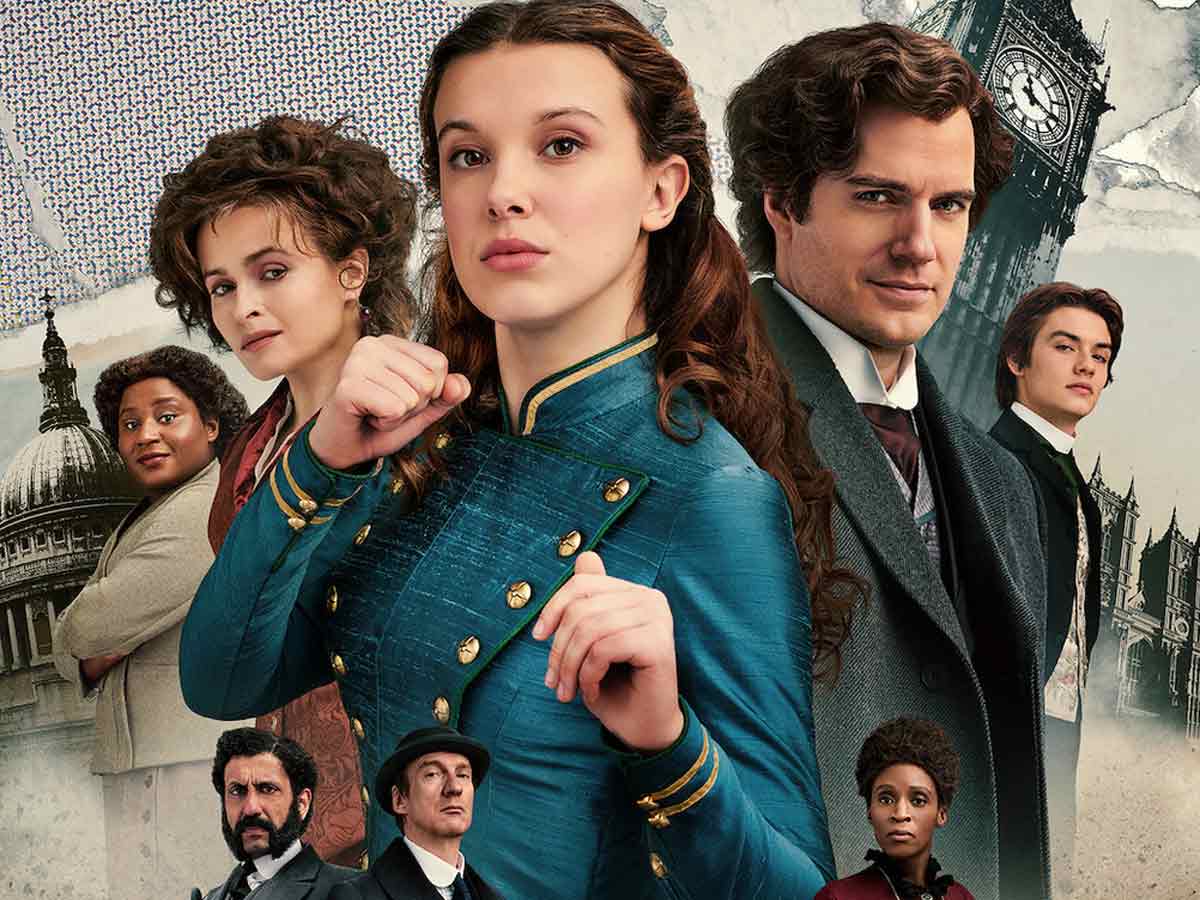In this sequel, Millie Bobby Brown reprises Enola Holmes as a more lived-in and coherent character.
Harry Bradbeer’s sequel to the 2020 Netflix blockbuster Enola Holmes, which brings back the humorous and adored young-adult rendition of the Holmes universe, is a picture that has settled into the world it is attempting to establish. Enola Holmes 2 is a riveting watch that is equal parts deduction and action, and it does not scrimp on the mystery that befits the Holmes brand.
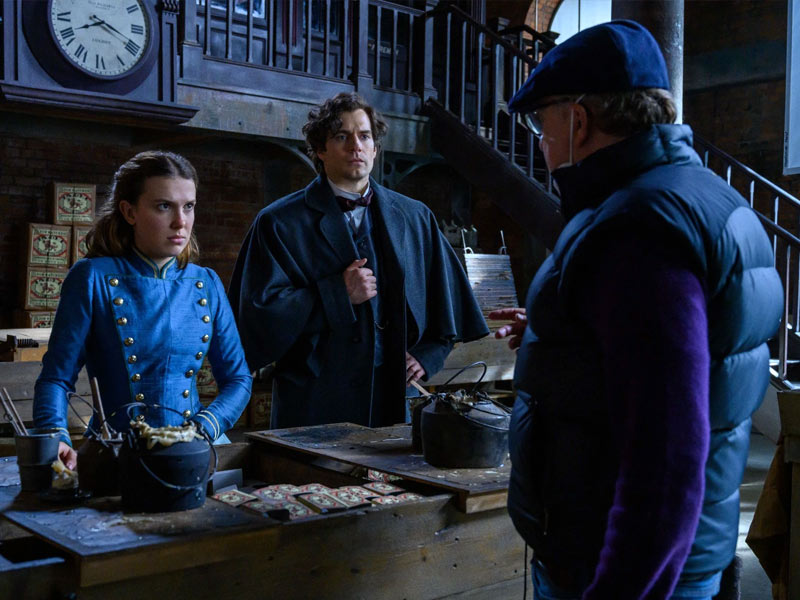
Millie Bobby Brown (Enola) is back in action in Enola Holmes 2, which begins with a frantic pursuit scenario through the dirty alleyways of Victorian London. A flashback provides a comprehensive backdrop for the introduction, revealing that Enola has attempted to create her own detective business in London and has taken up the case of a missing young lady, Sarah Chapman (Hannah Dodd).
While Sarah’s disappearance drives the primary narrative of the film, the movie also delves into Enola’s inhibitions and motives. Bradbeer’s efforts in adapting a young-adult novel by Nancy Springer go beyond serving the figure of Sherlock Holmes, Enola’s elder brother played by Henry Cavill. While the film keeps the mystery interesting enough for the viewer to follow, it also fleshes out Enola as she grows from a teenager who ran away from her finishing school to a tough leading woman who equals her brother in wit.

Millie Bobby Brown is fantastic as Enola, who is thrilled to launch her own detective business in London. However, she has difficulty gaining clients since she is either overshadowed by her brother’s fame or ignored because of her gender.
As Enola, now more autonomous, is forced to confront the route she wishes to pursue in life, the echoes of the previous film ring loudly. Though Millie’s performance in both films has lacked nuance, she is especially captivating to witness in these vulnerable moments as she rapidly and gladly goes into greater feelings of dread and uncertainty, creating a coherent and memorable character.
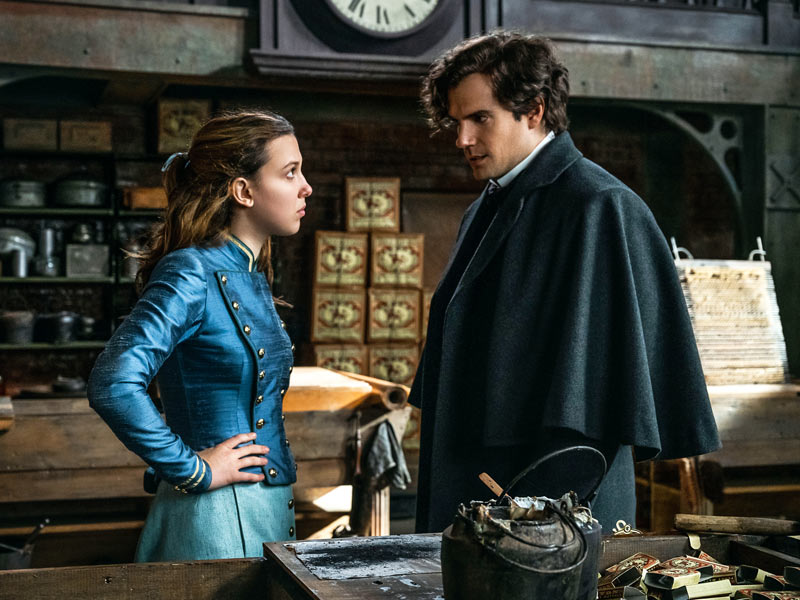
Millie’s depiction may be recognizable to followers of Killing Eve and Fleabag, both of which featured Bradbeer. Millie continually breaks the fourth wall as Enola, adding to the litany of women-led media produced by Bradbeer, whose heroes are characterized by addictive fearlessness founded in a comfortable vulnerability.
Enola’s odd first name does not bother her as much as the heritage of her family name. Sherlock Holmes has also been a popular character in the film series, but he made less of an effect in the first picture. This time, though, Jack Thorne’s script casts Sherlock as a worried older brother whose current case intersects with Enola’s. As a result, Cavill’s Sherlock gets a lot more screen time but luckily does not steal the show from his sister. The film obviously wants to go down the siblings working together on a case’s path, but it doesn’t spend enough time creating that relationship between Sherlock and Enola, resulting in a forgettable attempt.
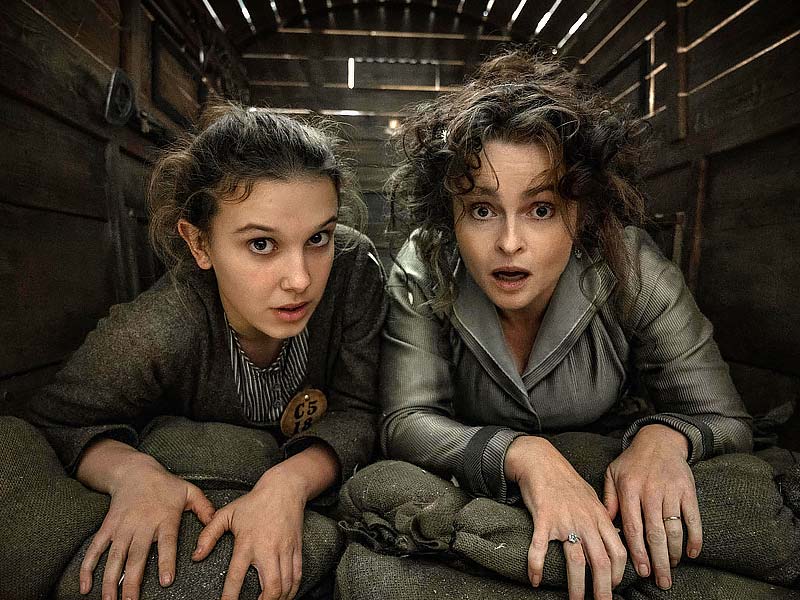
Louis Partridge plays Lord Viscount Tewkesbury, and Helena Bonham Carter plays Eudoria Holmes. Lord Tewkesbury’s character ticks all the required boxes as a love interest, yet his presence is ultimately unnecessary. In reality, removing the film’s romance subplot would make no discernible difference to the storyline. Carter, who portrays Enola and Sherlock’s mother, can easily fill the now-empty airtime. Eudoria is given more time in flashback scenes than in the present, squandering the chance to have another powerful Holmes woman direct the picture.
Following the format of the previous film, the principal case on which Enola works in the sequel is a fictionalized interpretation of real-life events that occurred in Victorian England. While Sarah Chapman’s name is a dead giveaway to the Matchgirls’ strike of 1888, on which the film’s premise is predicated, it does not detract from Enola’s interesting unraveling of the evidence. The film is enhanced by the fact that Enola is given a unique case to work on this time, motivating an in-depth investigation of the same. Thorne’s writing is especially enjoyable to see since it avoids a Sherlockian approach to the problem.
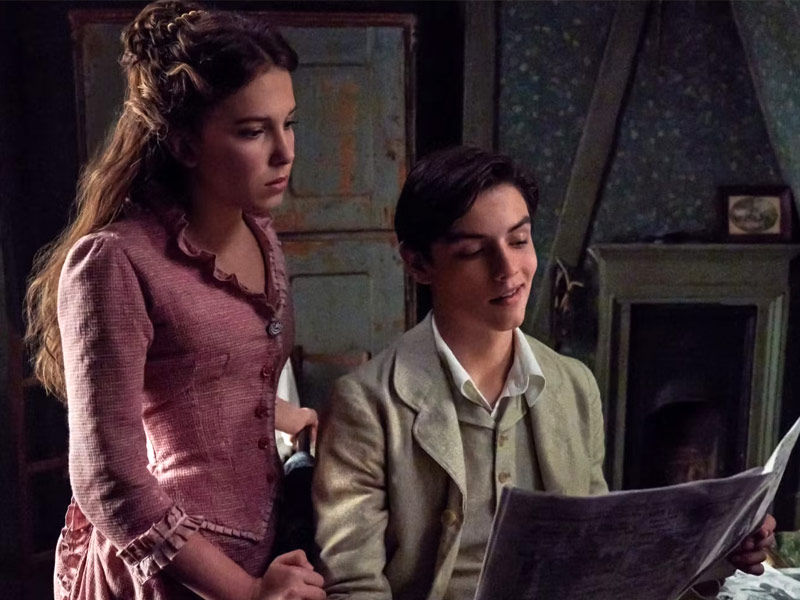
Sherlock urges Enola several times to separate her emotions from the matter at hand to improve her deduction abilities, and she does. But, make no mistake, the film is Enola’s own franchise in which she aims to define her own legacy for the Holmes brand, not just in London but also for the public watching. As a result, the situation is managed with caution rather than clinical haste.
Also read: Netflix’s witchy tale: The Bastard Son & The Devil Himself
Though, in winding up the case, the screenplay falls short of what should have been a stunning surprise. It would have been more delightful to see the Holmes siblings work together rather than a rushed finale that might have been wiser, less explanatory, and less…elementary.
Enola Holmes 2 is more focused than its predecessor, and it effectively takes the next step into a possible franchise, serving up a delightful, witty, and unapologetic Holmes to look up to for a younger, newer audience.
Enola Holmes 2 is presently available on Netflix.





















